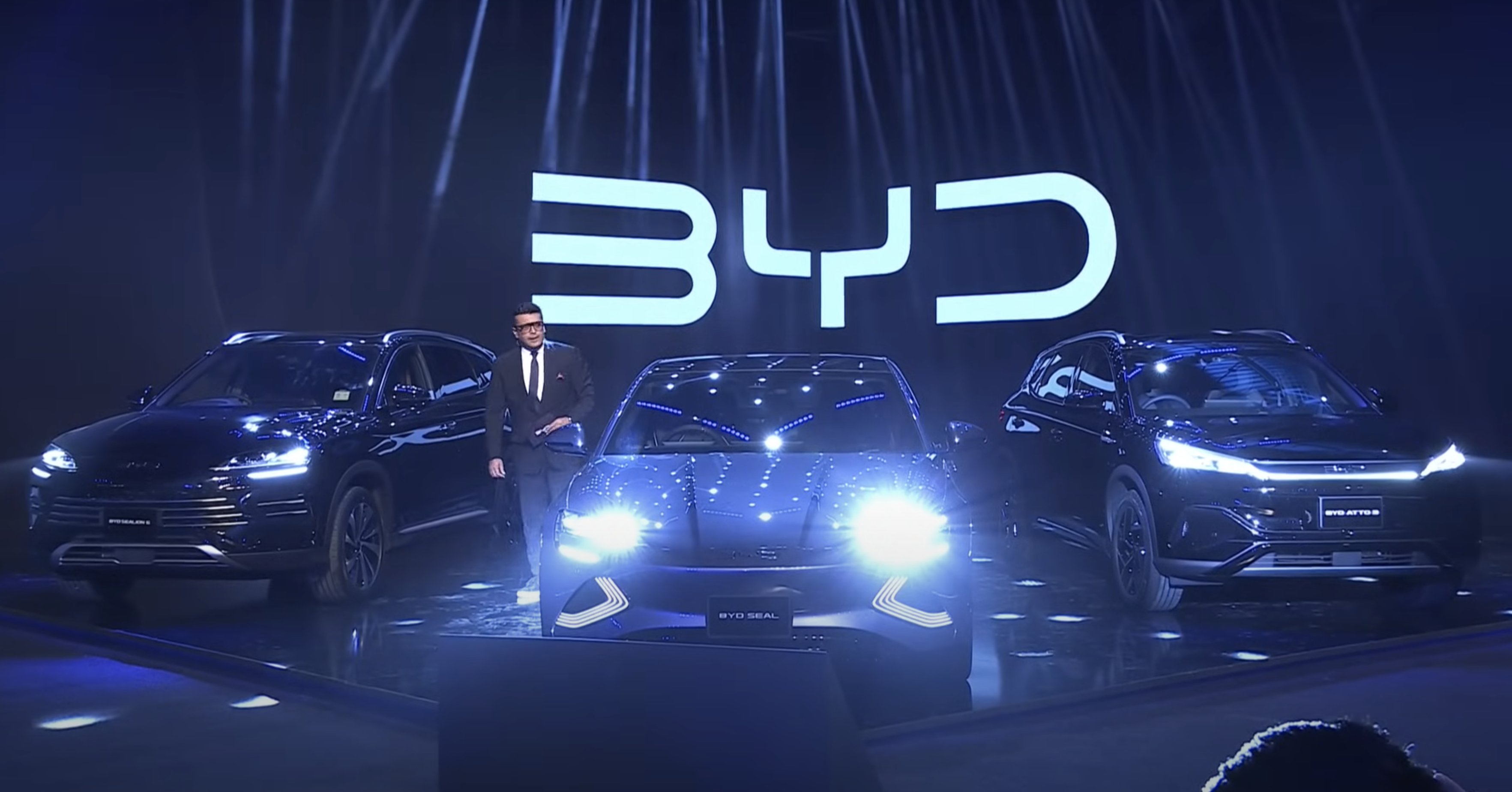Minprovise’s ZI-2100 cone crusher is an important piece of equipment for mines eager to achieve an efficient crushing operation.
Innovation and efficiency are the focus of most industries, and mining is no exception.
Important questions are being asked and solutions sought for reducing energy needs and implementing cleaner production, while achieving safer work environments and less wear and tear – all while increasing profits.
Minprovise understands these all-important questions and, as a result, is committed to helping miners increase plant capacity by reducing recirculating load and improving product shape, harnessing innovative design and automation in the process.
As crushers are the heart of any mining plant, it makes sense to start there. Conventional crushers have traditionally worked on the so-called ‘smash and bash’ theory, using large eccentric throws with limited nipping opportunities.
This can result in oversize material being recirculated repeatedly, requiring higher energy loads to produce the final tonnes of product.
“A strong commitment to leading practice in sustainable development is critical for mining excellence,” then-Federal Minister for Resources Matt Canavan said in the 2016 Department of Industry’s Science and Resources handbook, Energy Management in Mining. “Applying leading practice enables companies to deliver enduring value, maintain their reputation for quality in a competitive investment climate, and ensure the strong support of host communities and governments.
“Understanding leading practice is also essential to manage risks and ensure that the mining industry delivers (to) its full potential.”
Inefficient energy use is often the symbol of outdated operational practices that affect productivity, maintenance, safety and environmental impact.
Many mine sites focus on the day-to-day planning of crushers that use a maximum amount of energy while yielding less-than-optimum results.
But Minprovise understands that applying leading science in crusher design can result in using a minimum amount of energy to yield maximum results. This was the core reason Minprovise invested in EarthTechnica’s ZI cone crusher series
The eccentric throw
The larger the throw, the higher the energy demand and the lower the rock-breaking precision, resulting in the crusher producing more oversized and misshaped material. This is recirculated through the conveyor belt system, to then be classified as oversize by a screener and crushed once again.
A smaller eccentric throw offers more precision, uses less energy and is designed to nip the material multiple times as it falls down the chamber.
This results in a higher-quality crush in a single pass, producing more material at a better shape.
With the ZI series cone crushers, rather than having large rocks fall through the crushing chamber after only being nipped a few times, they remain in the chamber where interparticle crushing takes place.
As the rocks contact each other under high pressure, they undergo size reduction and become cubically shaped. This leads to more product being sent to the stockpile without being recirculated, saving time and money.
Increased production
If crusher product produced in a single pass is increased from 78 per cent to 83 per cent in a crusher with a 1500-tonnes-per-hour (tph) nominal throughput, single pass production is increased by 75tph, freeing up plant capacity and increasing overall plant production.
In an iron ore processing plant, for example, if this additional final product is sent directly to the stockpile, an extra 1800 tonnes of material could be realised in one day.
No matter the market value per tonne, this translates into hundreds of thousands of extra revenue per day.
Extrapolated over a full year, a five per cent increase could result in a revenue increase of around $100 million, based on an average of 7000 operating hours per year.
The crushing chamber
Interparticle crushing reduces lump degradation. The ZI series curved crushing chamber allows breakage of rock along the full chamber length, maximising the use of the manganese liners.
The reduction in ‘belling’ wear patterns, compared to traditional straight crushing chambers, causes significantly less wear on mantles and concaves, resulting in less downtime for replacement and maintenance.
Another advantage is that the most effective nip angle is adopted from inlet to outlet, increasing the density of material in the crushing chamber, resulting in less energy wastage.
Increased production is intrinsically linked to improved product quality – one cannot be achieved without the other.
If product shape, size and overall quality is improved, there is a significant reduction in the recirculating load, resulting in less wear and tear on the liners, bushes and eccentric.
Although there are challenges facing the Australian mining sector, improved efficiency, cleaner production, less maintenance, safer work environments and greater profitability are all within the industry’s grasp.
Leading designs like the ZI cone crusher series have an important part to play in this journey, enabling Australia to keep its place as a world-leading mining country.
This feature appeared in the February 2024 issue of Australian Mining.




